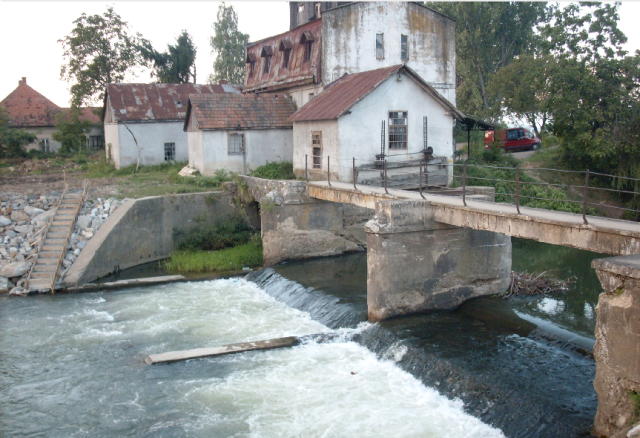|
|||||||||||||||||||||||||||||||||||||
|
Home | Maps | Jewish History of Velikiye Komyaty | Description of Town | Religious Leaders & Synagogue | Holocaust | Cemetery | Databases & Directories | Photos | Testomonies & Interviews | Books about Life in Komjat | B'nai Kimyater Society & Miscellaneous |
|||||||||||||||||||||||||||||||||||||
|
|

